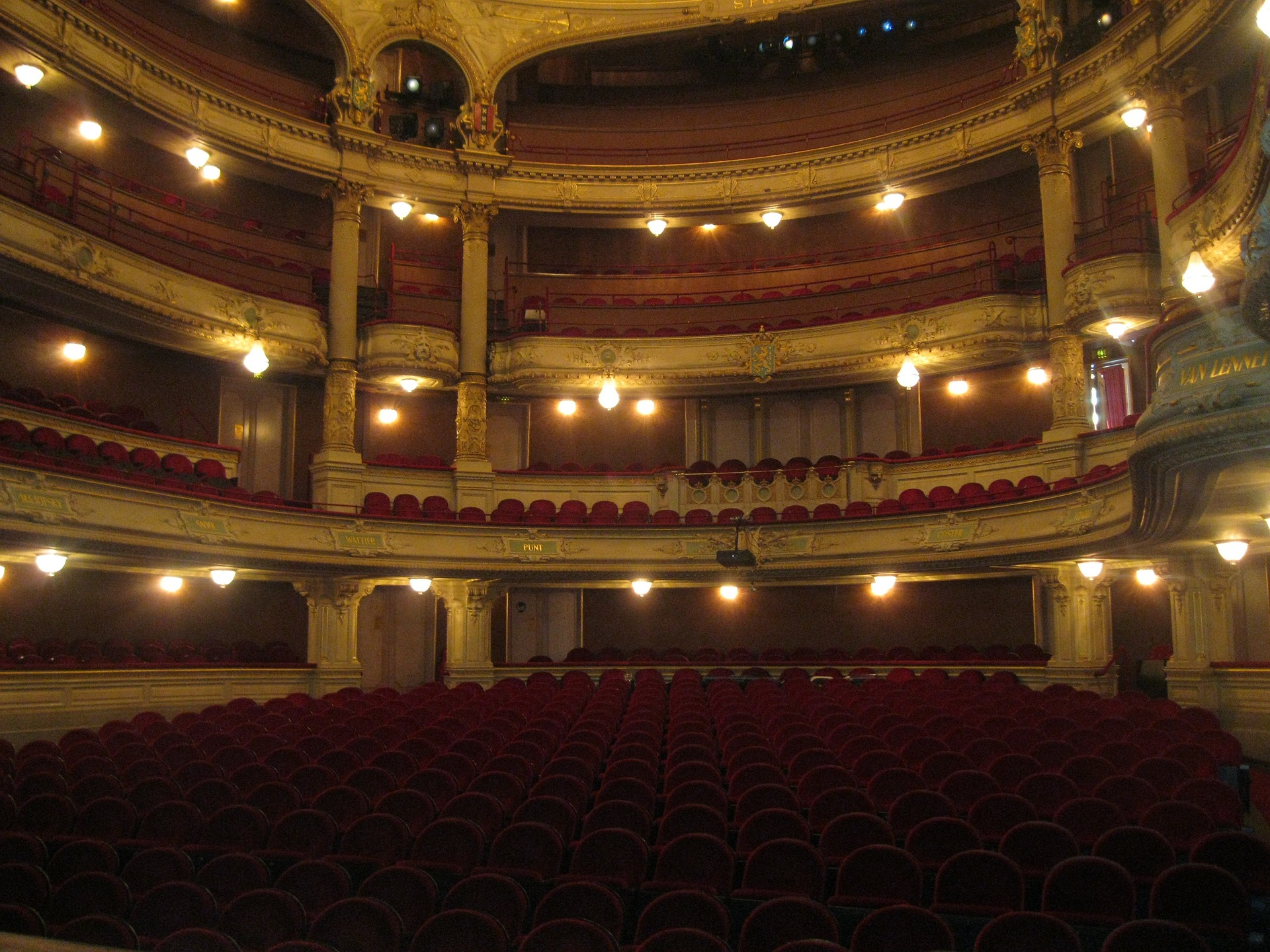Holographic Opera: The Next Frontier in Performing Arts
In the ever-evolving landscape of performing arts, a groundbreaking fusion of technology and classical artistry is taking center stage. Holographic opera, a cutting-edge blend of traditional operatic performance and state-of-the-art holographic projections, is captivating audiences and pushing the boundaries of theatrical expression. This innovative approach to one of the world's oldest art forms is not only reimagining how operas are presented but also attracting a new generation of tech-savvy spectators to the opera house. As holographic technology continues to advance, the possibilities for immersive and visually stunning operatic productions seem limitless, promising a renaissance for this centuries-old art form.

Technological Marvels Behind the Scenes
At the heart of holographic opera lies a complex array of cutting-edge technologies. High-powered laser projectors, advanced motion capture systems, and sophisticated rendering software work in concert to create lifelike, three-dimensional images that seamlessly interact with live performers on stage. The development of these systems has required close collaboration between opera companies, tech firms, and visual effects studios, resulting in a unique blend of artistic vision and technological innovation.
Reimagining Classic Works
Holographic opera has breathed new life into beloved classics, allowing directors and designers to reimagine iconic works in ways previously thought impossible. Productions of Wagner’s Ring Cycle have featured colossal, ethereal dragons swooping over the audience, while performances of Mozart’s The Magic Flute have transformed stages into fantastical, shape-shifting landscapes. These visual spectacles not only enhance the narrative but also provide a fresh perspective on familiar stories, attracting both opera aficionados and newcomers alike.
Creating New Operatic Experiences
Beyond reinventing classic operas, holographic technology has opened doors for entirely new forms of operatic expression. Composers and librettists are now crafting works specifically designed to leverage the unique capabilities of holographic staging. These modern operas often blur the lines between reality and illusion, challenging audiences’ perceptions and expanding the very definition of what opera can be. From abstract, geometry-based visual symphonies to immersive, 360-degree narrative experiences, holographic opera is pushing the art form into uncharted territory.
The Impact on Performers and Audiences
For opera singers and musicians, performing alongside holographic elements presents both challenges and opportunities. Performers must adapt to interacting with virtual environments and characters, requiring new skills in spatial awareness and timing. However, many artists report that the technology allows for unprecedented levels of creative expression and stage presence. Audiences, too, are experiencing opera in ways they never have before. The immersive nature of holographic productions creates a sense of wonder and engagement that is drawing diverse crowds and revitalizing interest in opera across demographic lines.
Addressing Technical and Artistic Challenges
While holographic opera has made significant strides, it is not without its hurdles. Technical glitches can disrupt the illusion, and some purists argue that the technology detracts from the raw power of the human voice. Balancing the visual spectacle with the emotional core of operatic performance remains a delicate art. Additionally, the high costs associated with holographic productions pose challenges for smaller opera companies and venues. As the technology matures, however, many of these issues are being addressed through innovative solutions and evolving best practices.
The Future of Holographic Opera
As holographic technology continues to advance, the future of opera looks increasingly digital. Some envision a world where holographic performances can be beamed into homes or public spaces, making opera more accessible than ever before. Others speculate about fully virtual opera houses, where audiences and performers from around the globe can gather in shared digital spaces. Whatever form it takes, holographic opera is poised to play a significant role in shaping the future of performing arts, ensuring that this centuries-old art form remains vibrant and relevant in the digital age.





